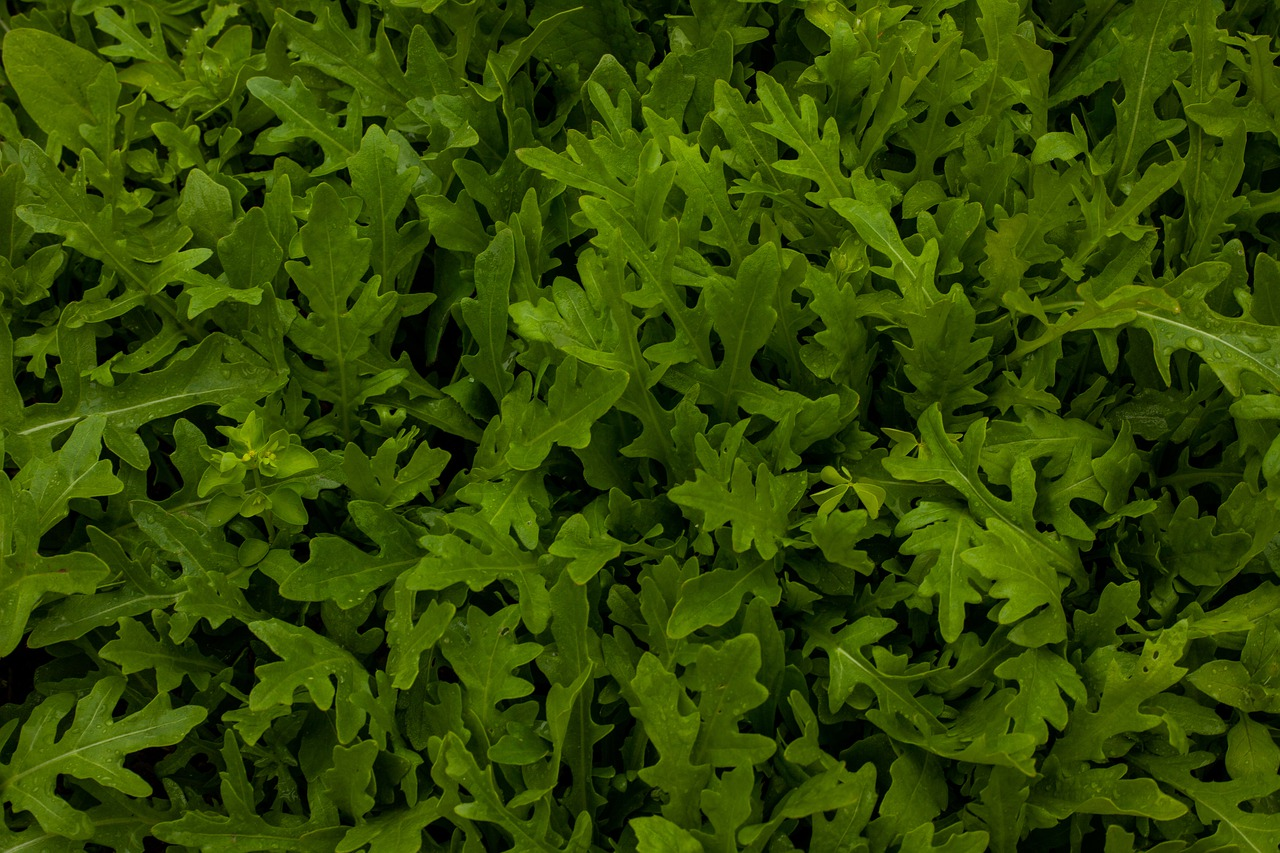
Growing & Harvesting Rocket: Good & Bad Companion Plants
Rocket is one of the easiest plants to grow. Whether in the garden or on the balcony, the undemanding rocket feels at home almost anywhere. With its nutty, spicy aroma, this salad and seasoning plant enriches many Mediterranean dishes. You can find out how to grow salad rocket and its wild relatives yourself in this article.
This Article Contains:
- Growing Rocket: What You Need to Know
- Rocket and Arugula: What’s the Difference?
- Location and Soil
- Sowing and Planting Rocket: Timing and Spacing
- Arugula in Mixed Cultivation
- Companion Plants and Planting Plan
- Planting Plans With Rocket: Examples for the Garden & Raised Bed
- Caring for Rocket: Watering, Fertilizing & Cutting
- Arugula: Diseases and Pests
- Harvesting and Processing Rocket
- Obtain Your Own Seeds: Here’s How It Works
- Frequently Asked Questions About Planting Rocket
Quick Overview
Growing Rocket in the Garden, Raised Bed or Pot
- Light: sunny to semi-shady
- Water: even soil moisture
- Nutrient requirements: low
- Soil : loose and humus-rich
- Germination temperature: salad rocket 10 - 20 °C/50 - 68 °F, wild rocket 14 - 20 °C/57.2 - 68 °F
- Sowing depth: 1 cm/0.4 in
- Row spacing: 15 - 20 cm/5.9 - 7.9 in
- Planting distance : 10 cm/3.9 in (only for perennial wild rocket)
Good and Bad Companion Plants for Rocket
- Good companion plants: strawberries, carrots, lettuce, celery, onions and marigolds
- Bad companion plants: related species such as cabbage, radish, radish or mustard
Growing Rocket: What You Need to Know
Rocket (Eruca sativa) belongs to the cruciferous family (Brassicaceae) and is also known as salad rocket or garden mustard. In contrast to the related wild rocket, salad rocket is an annual and must always be reseeded. Originally from the Mediterranean region, the herb was already popular with the Romans as a salad and condiment plant. Rocket owes its characteristic, slightly pungent taste to the mustard oil glycosides it contains. They make the leaves spicy, strengthen our immune system and have an antibacterial effect. Rocket also contains plenty of folic acid, vitamin C and minerals such as potassium, iron and calcium. Rocket therefore not only adds flavor, but also important nutrients to your salad mix.
Rocket and Arugula: What’s the Difference?
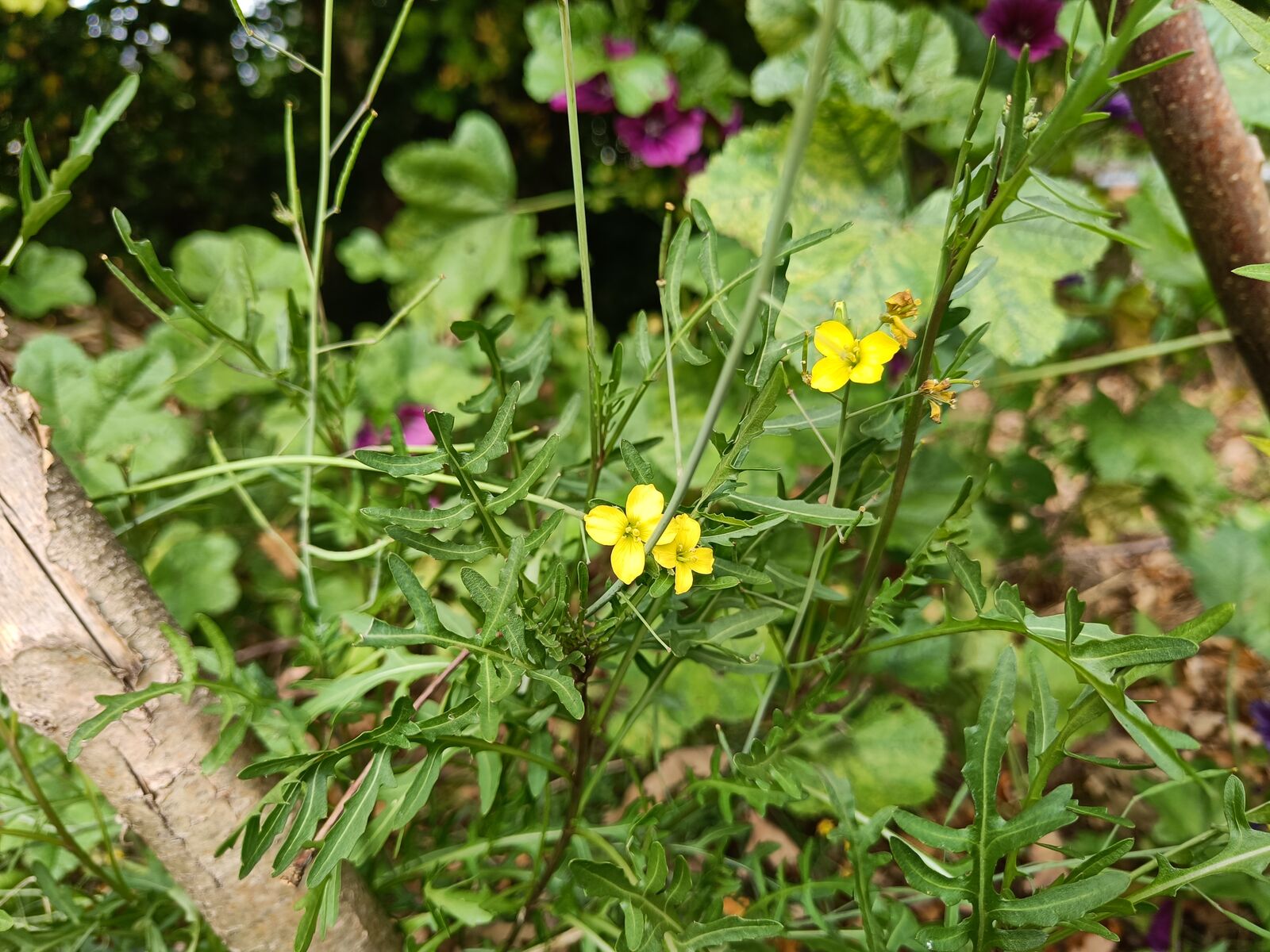
Salad rocket (Eruca sativa) is often confused with wild rocket (Diplotaxis tenuifolia). Both originate from the Mediterranean region and are sold commercially as rocket. However, these are two different species:
The conventional salad rocket is an annual and has a much milder taste than its wild relative. Wild rocket also belongs to the cruciferous family, but grows as a perennial and is often sold under the name perennial rocket. It is therefore often found in perennial herbaceous borders. The wild form has smaller, more serrated leaves. It also produces yellow instead of white flowers. It is now widespread almost worldwide and often colonizes roadsides as a pioneer plant. There is little difference between the two species in terms of care and habitat requirements, which is why the general term 'rocket' is often used below!
Rocket Varieties: Wild Rocket and Salad Rocket
Wild Rocket
The vigorous wild rocket now also has a few cultivars to offer. 'Dragons Tongue' is a robust variety from England with slightly reddish veins. 'Venicia' is a fast-growing variety with a late flowering time. It can be harvested for a particularly long time and produces good yields. The variety 'Napoli' grows quickly and forms particularly broad leaves; it is probably a hybrid of lettuce and wild rocket.
Salad Rocket
The varieties of salad rocket hardly differ. One well-known example is 'Ruca', a fast-growing variety with a nutty taste. It is available in a pointed-leaved and broad-leaved variety, depending on preference. The 'Bologna' variety is a cross between lettuce and wild rocket. It is fast-growing and impresses with its balanced, nutty and pungent aroma. 'Coltivata' is a broad-leaved and robust variety that is very popular in Italy due to its good flavor.

Want to Know More About Rocket Varieties?
In our library you will find information on the individual varieties with cultivation periods, tips on planting and harvesting. You will also find good and bad companion plants to help you plan a mixed crop.
View Library NowLocation and Soil
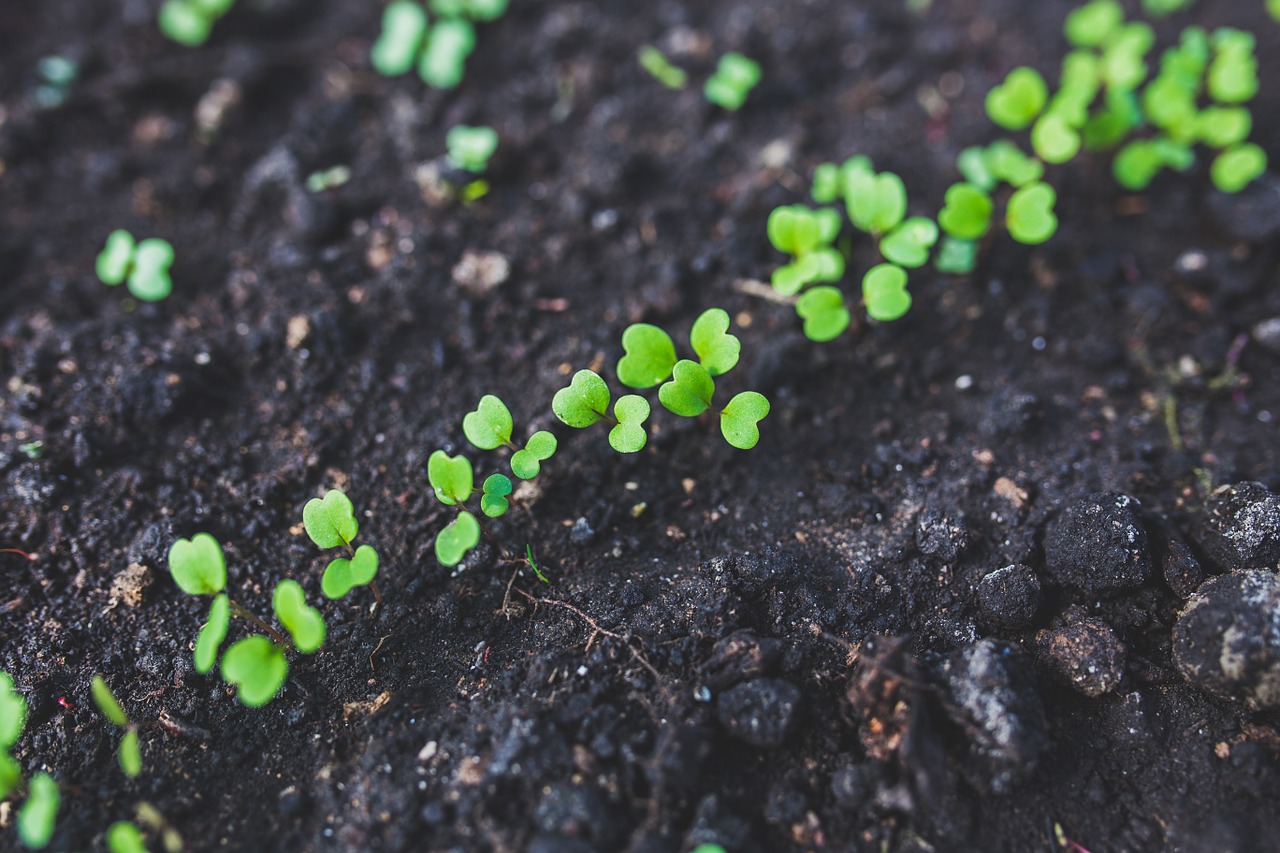
Rocket is relatively undemanding as a low-growing plant and grows in sunny or semi-shady spots in the bed or on the balcony. It prefers humus-rich soil, which can be sandy or loamy. Rocket has no particular nutritional requirements and is therefore more similar to the related radish than to the cabbage family. However, as rocket forms relatively shallow roots, sufficient moisture is essential. Incorporating compost before sowing increases the water retention of the soil and at the same time ensures sufficient nutrients throughout growth. Due to its deep taproot, wild rock et is less sensitive to drought.
Sowing and Planting Rocket: Timing and Spacing
Outdoors, rocket can be sown from April to September in rows 15 - 20 cm/5.9 - 7.9 in apart. The same applies to wild rocket, but it should be sown in August at the latest. When planting seedlings, keep a distance of 10 cm/3.9 in between the perennials. Loosen the soil thoroughly before sowing and work some mature compost into the surface of the soil. Then make furrows about one centimeter deep and distribute the seeds within the row. Close the rows, tap the soil lightly and water the seeds evenly. Early sowing in April should be covered with a fleece, as rocket only germinates reliably from a soil temperature of 10 °C/50 °F (salad rocket) or 14 °C/57.2 °F (wild rocket). At an optimum temperature of 20 °C/68 °F, the seedlings grow quickly so that they can be harvested after just six weeks. If you have a greenhouse or cold frame available, you can start sowing as early as March. Alternatively, you can also sow the first seeds in pots on the windowsill. As salad rocket forms relatively shallow roots, it is ideal for growing in balcony boxes. Despite its taproot, wild rocket can also be cultivated very well in pots.
Arugula in Mixed Cultivation
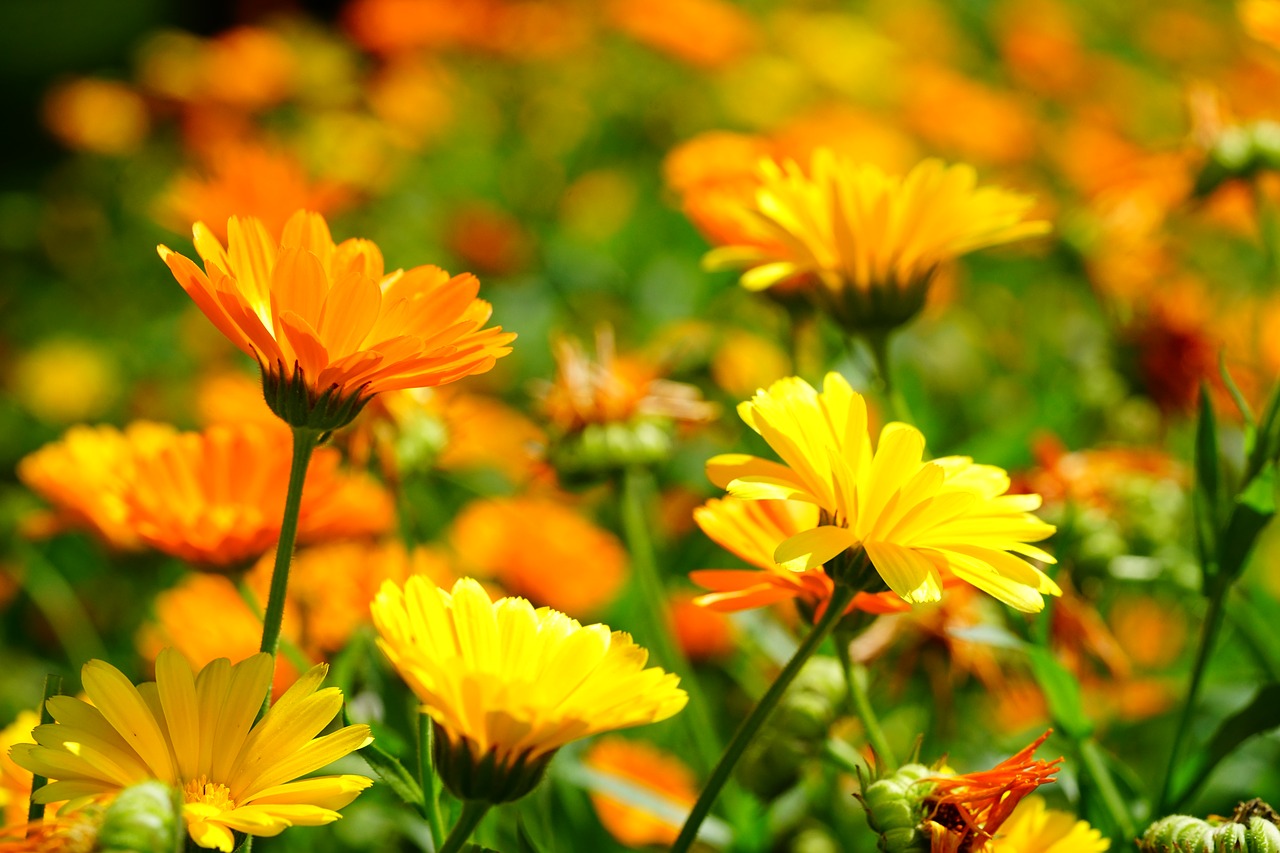
Only sow and plant rocket where no other cruciferous plants have grown before. A cultivation break of three to four years is generally recommended for cruciferous plants. Due to its short cultivation period and small space requirement, annual rocket is ideal for filling gaps. Good companions include strawberries, carrots, lettuce, celery, onions and marigolds.
Companion Plants and Planting Plan
| Good Companion Plants - Vegetables | - Vegetables | - Vegetables | - Herbs | Bad Companion Plants |
|---|---|---|---|---|
| Artichoke | Carrots | Leeks | Borage | Lovage |
| Arugula / Rocket | Cauliflower | Onion & spring onion | Caraway / Meridian fennel | Parnship |
| Asparagus | Celery | Pepper / Paprika | Common marigold | Parsley |
| Aubergine / Eggplant | Charvil | Physalis | Mint | Sage |
| Beans | Chickpea & Pea | Radishes | Oregano | Topinambur |
| Beetroot | Chili | Rhubarb | Savory | |
| Black salsify | Collard greens | Rutabaga / Swedish turnip | Tarragon | |
| Broccoli & Brussels sprouts | Corn | Spinach | ||
| Cabbage | Cucumber | Strawberry | ||
| Carrots | Kohlrabi | Turnip |
Your Planting Plan: Rocket in a Raised Bed
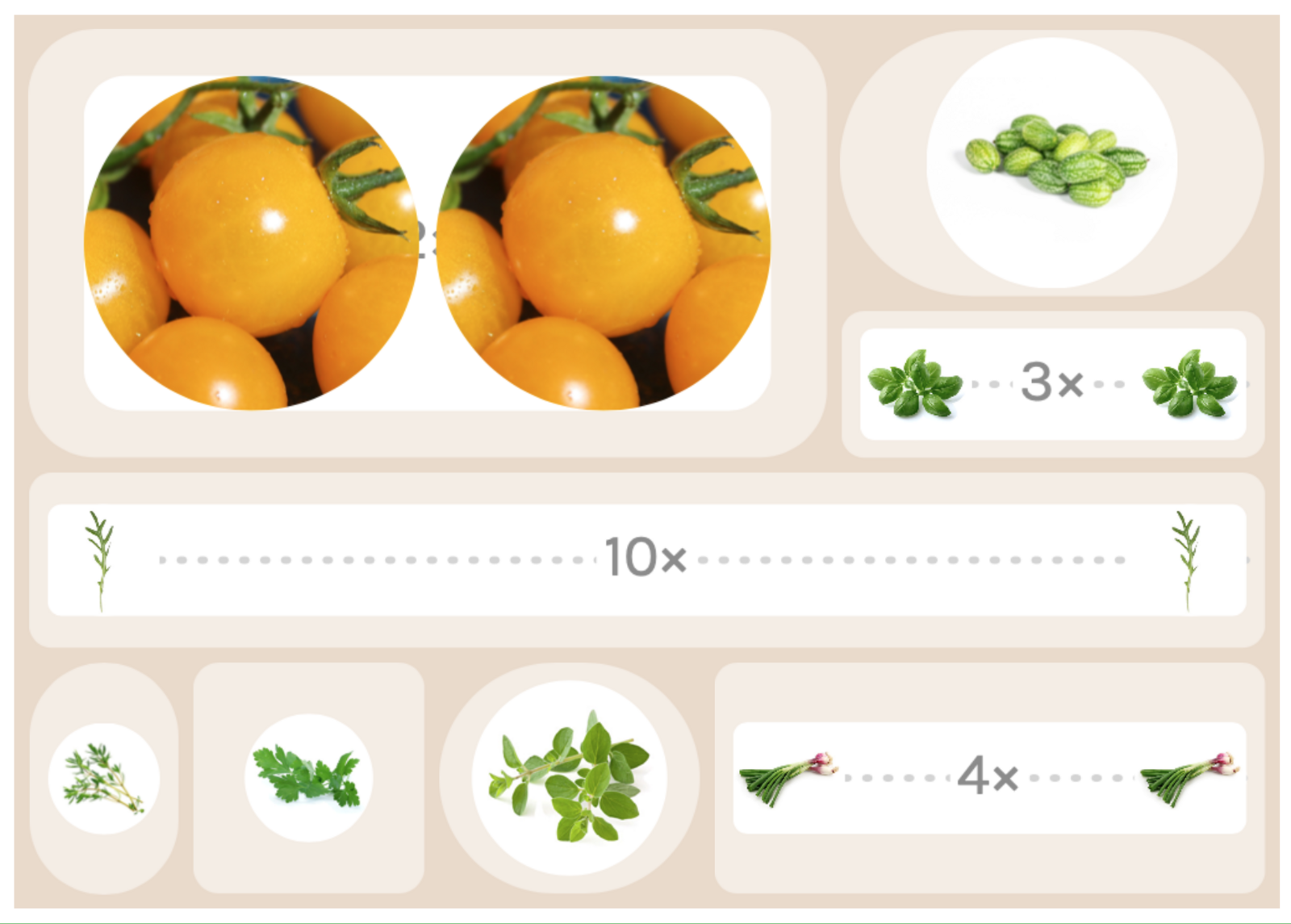
Planting Cucumber, Tomatoes and Rocket Together
Two tomatoes and a climbing Mexican mini cucumber grow in this raised bed. Basil grows next to the cucumbers. Basil is supposed to help keep mildew away from your bed, which often attacks tomatoes, cucumbers or rocket. The annual salad rocket has also been sown here. A few herbs such as coriander, oregano and savory are also thriving. There are also spring onions in the bed, which also keep numerous pests and diseases at bay.
Planting Plans With Rocket: Examples for the Garden & Raised Bed
Here you will find templates for planting plans with rocket for your garden or balcony. In addition to a salad bed with rocket, you will also find a perennial bed with strawberries, wild rocket and winter hedge onions. You can also find the bed from above with tomatoes and cucumbers with pre- and post-cultivation.
Caring for Rocket: Watering, Fertilizing & Cutting
Rocket is one of the easiest plants to grow in the garden. Above all, make sure that the soil is evenly moist, as the leaves can quickly become too sharp if the soil remains dry. Regular hoeing or mulching will keep your bed free of unwanted weeds. Rows that are sown too densely should be thinned out to two to three centimetres between the seedlings. As salad rocket is a light feeder, you don't need to worry about additional fertilization. A dose of compost when preparing the bed is completely sufficient. For the perennial wild rocket, a compost application in spring is sufficient. Wild rocket is very floriferous and hardly sprouts any new leaves in this state. However, by cutting back the inflorescences, the plant can soon develop leaves again. This process can hardly be stopped with annual rocket, however, as it completes its development cycle for this year by flowering.
Arugula: Diseases and Pests
Rocket is relatively robust against pests and is not usually a major challenge. In dry years, earth fleas can make a mess of the plants. They nibble on the leaves and leave small, round holes. Make sure that the soil does not dry out and water the plants abundantly from time to time. Also avoid other cruciferous plants such as kohlrabi, cabbage, radishes or radishes as direct companions. When grown in a raised bed, your rocket should be relatively safe from pests. In the greenhouse, downy mildew can sometimes occur. Therefore, make sure to ventilate regularly, especially in summer.
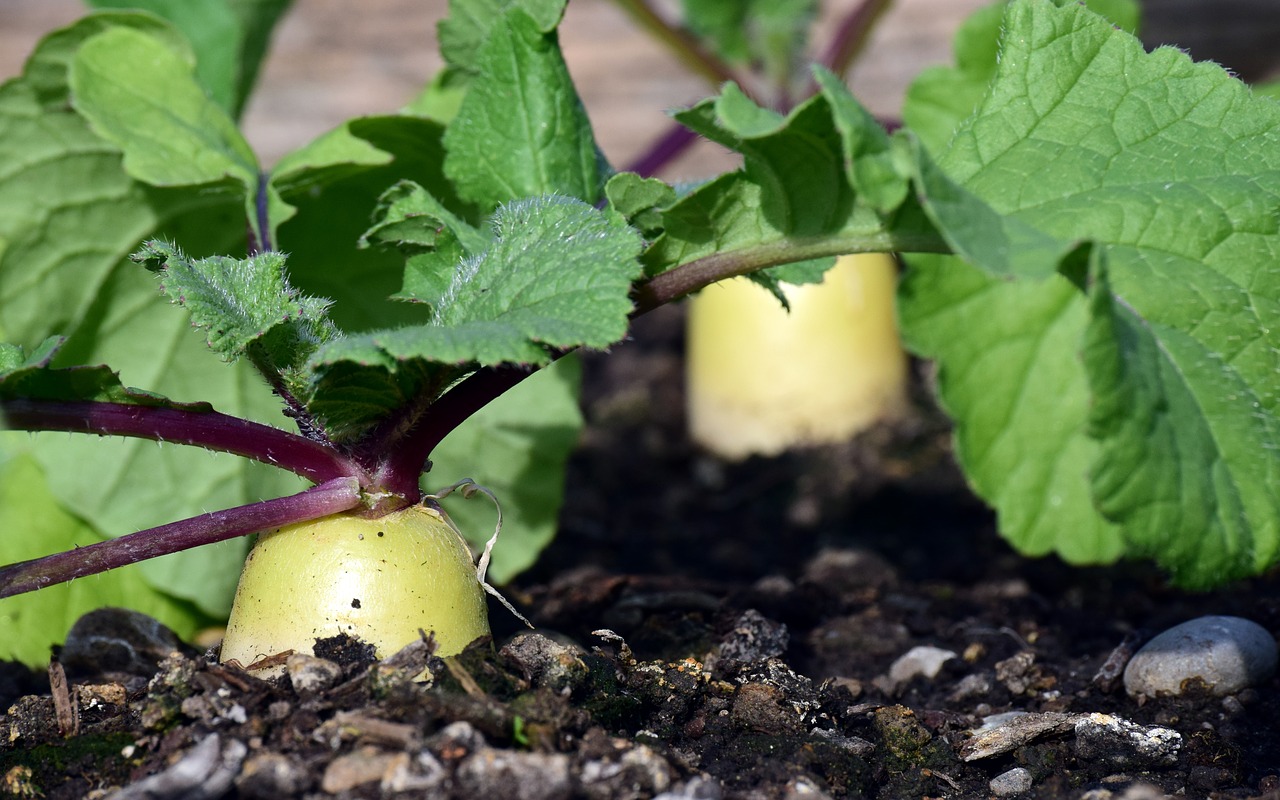
Harvesting and Processing Rocket
The annual rocket plants grow quickly and can be harvested just four to six weeks after sowing. Start harvesting when the leaves are about ten centimetres long. The young leaves are primarily harvested for lettuce. Over time, the leaves store more and more mustard oil glycosides, they become much sharper and should only be used sparingly. Cut your salad rocket about three centimetres above the ground so that the plant sprouts again up to three times. As soon as rocket starts to flower, the leaves become very pungent and are no longer suitable as a salad ingredient. However, you can dry them, chop them up and use them for your Mediterranean spice collection. The aroma harmonizes well with pizza, pasta or meat dishes.
Of course, rocket tastes best fresh, but the leaves will keep for two to three days in the fridge if wrapped in a damp cloth. Fresh rocket should not be heated for too long, as this causes the aromatic essential oils to evaporate. Therefore, only garnish pizza, pasta and flatbreads with the aromatic greens after baking. If you harvest more than you can use, you can make a delicious rocket pesto. Simply puree the leaves with plenty of olive oil, salt, garlic, pine or sunflower seeds and Parmesan/pecorino - depending on your taste. Rocket can also be frozen, but the consistency will suffer. So only freeze the leaves if you want to puree them later for soups, smoothies or spreads.

Obtain Your Own Seeds: Here’s How It Works
Salad rocket can be easily propagated by seed. The plant quickly grows into bushy rosettes, forms flowers and eventually seeds. Rocket can self-seed very easily. This means that it will reseed itself in the bed. If you don't mind, you can save yourself the trouble of collecting seeds and let the plant do the sowing for you.
However, it is also very easy to collect your own seeds: Cut off the fully ripened, brown seed heads and dry them again. You can then thresh them out and store the seeds in a dark, cool and dry place until sowing in the next season. The perennial wild rocket can remain in the bed over winter, it is hardy. The old inflorescences are cut off in early spring. In favorable temperatures, the perennials sprout early in the year so that they can be harvested before the first seedlings are ready for harvest. They also seed easily in the bed and the seedlings can be transplanted at an early stage. Seed collection works in the same way as with salad rocket.
I hope you've now got the urge to grow your own rocket. If you have any questions or comments, please write to us at [email protected]. Would you like to receive helpful gardening tips all year round and plan your own beds in the best possible way? Then register here or download the Fryd app for Android or iOS.
Fryd - Your digital bed planner
Cover image from movie viewer on Pixabay

Annabell
Annabell is studying agricultural biology at the University of Hohenheim. She also enjoys gardening in her private life, spends a lot of time in nature and loves to be creative.
Learn MoreCurrent Topics in the Community

The chickens are not happy about the cold weather.
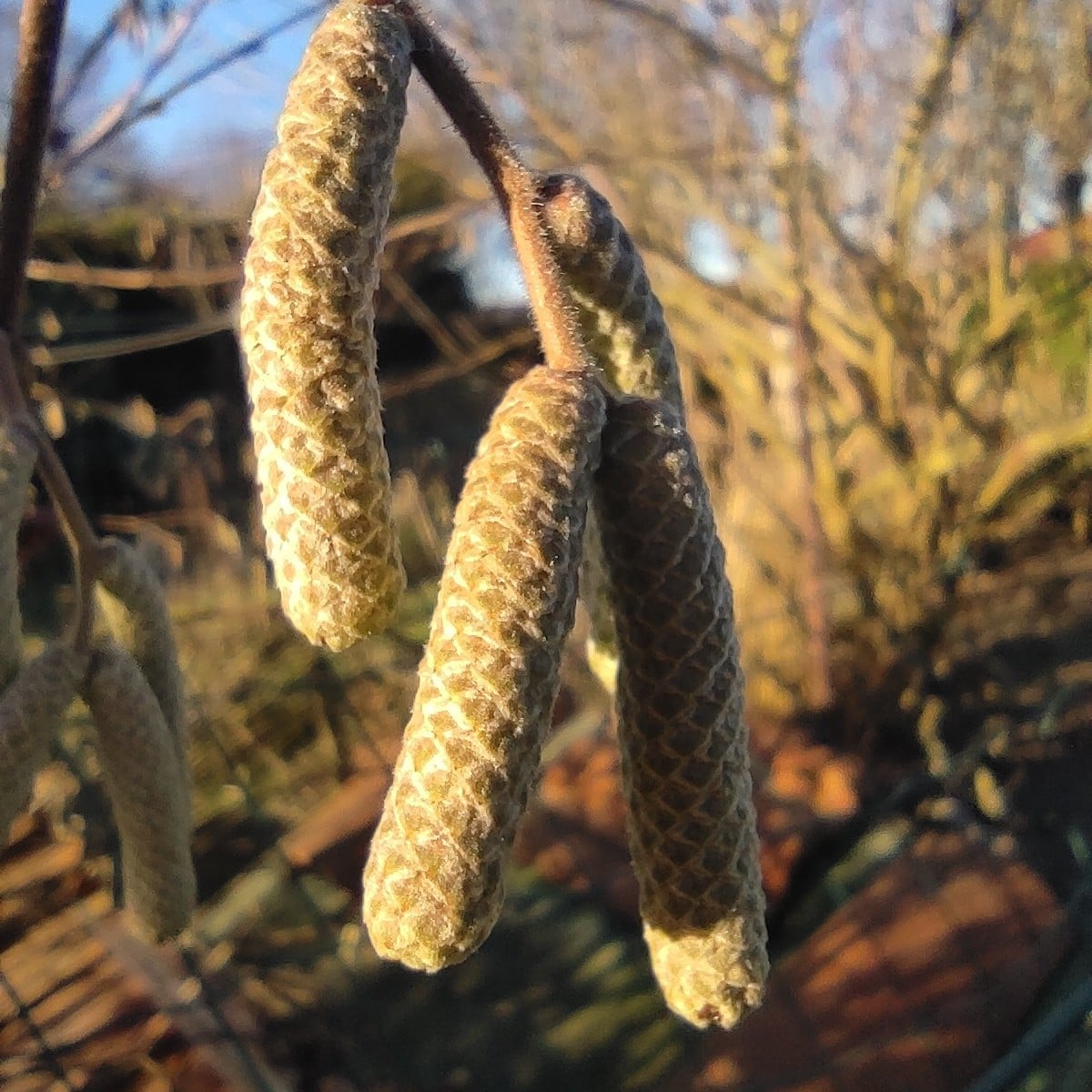
Without words

Liked 2 times
It may have actually worked with the shiitake smuggled into the fallen birch tree in our forest 🍄
Popular Articles

Overwintering Parsley: How to Do It Successfully

How to Grow Lettuce in Winter: Varieties, Sowing, Harvesting

Growing Sage Plant: Tips for Sowing and Harvesting

What Herbs Can Be Planted Together?

Create & Design a Permaculture Garden

Overwintering Plants: Tubs, Pots and Raised Beds

Pruning, Fertilizing & Propagating Currants: Care Tips

Pruning Raspberries: How to Do It

Vegetable Garden With Greenhouse: How to Use Greenhouse Effect

Winterizing Beds and the Garden: How to Do It
FAQ
Salad rocket grows as an annual and must be reseeded every year. Wild rocket, on the other hand, grows as a perennial and overwinters in the bed.
Not every rocket variety is hardy. However, there are hardy varieties such as the perennial wild rocket.
Good companion plants for rocket include eggplant, beans, chilli, peas, cucumber, cabbage, leek, physalis and asparagus. However, there are numerous good neighbors, a table can be found in the article.
Which herbs are good companion plants for rocket?
Herbs that go well with rocket include savory, dill, tarragon, fennel, chervil, coriander, mint and oregano.